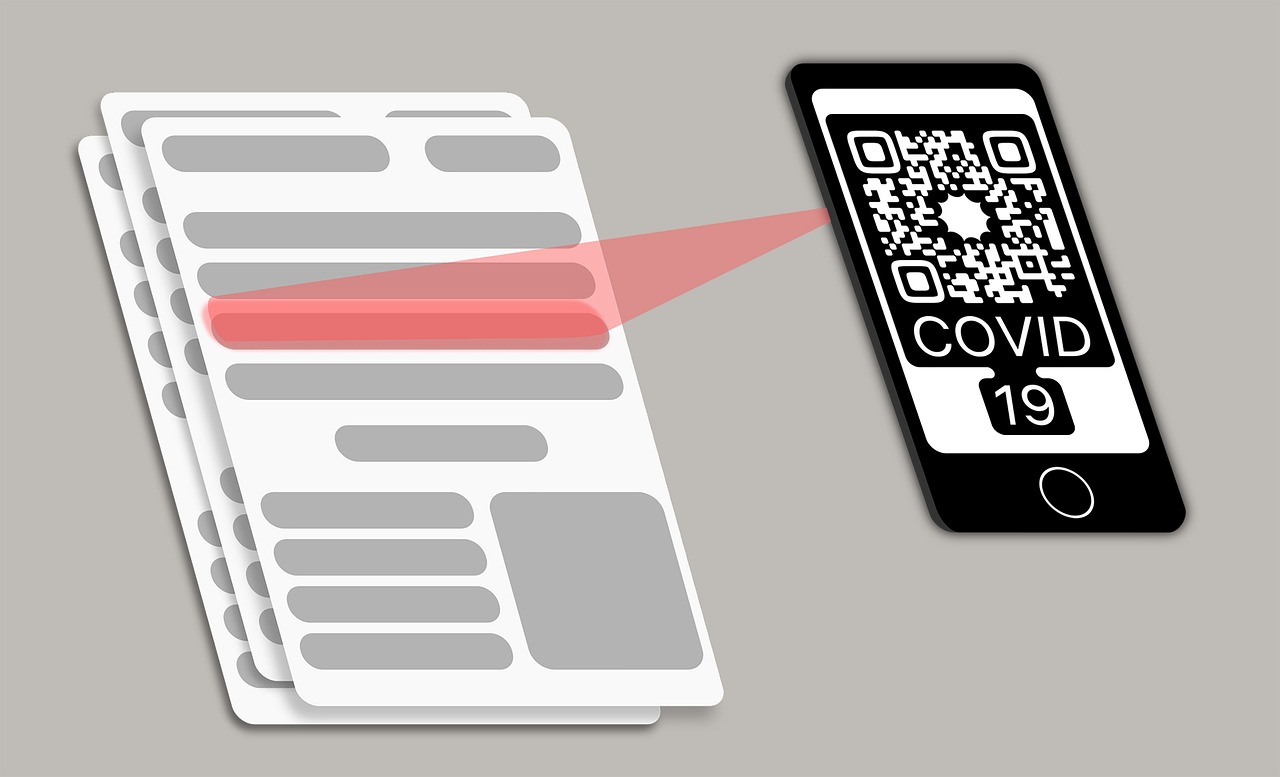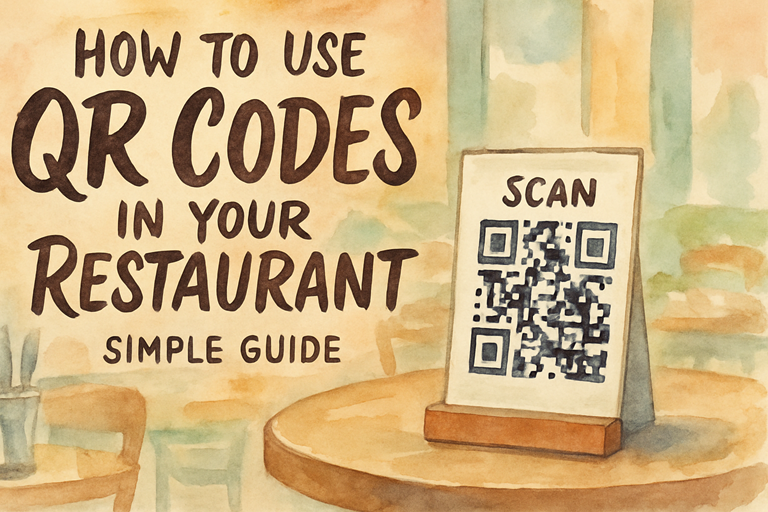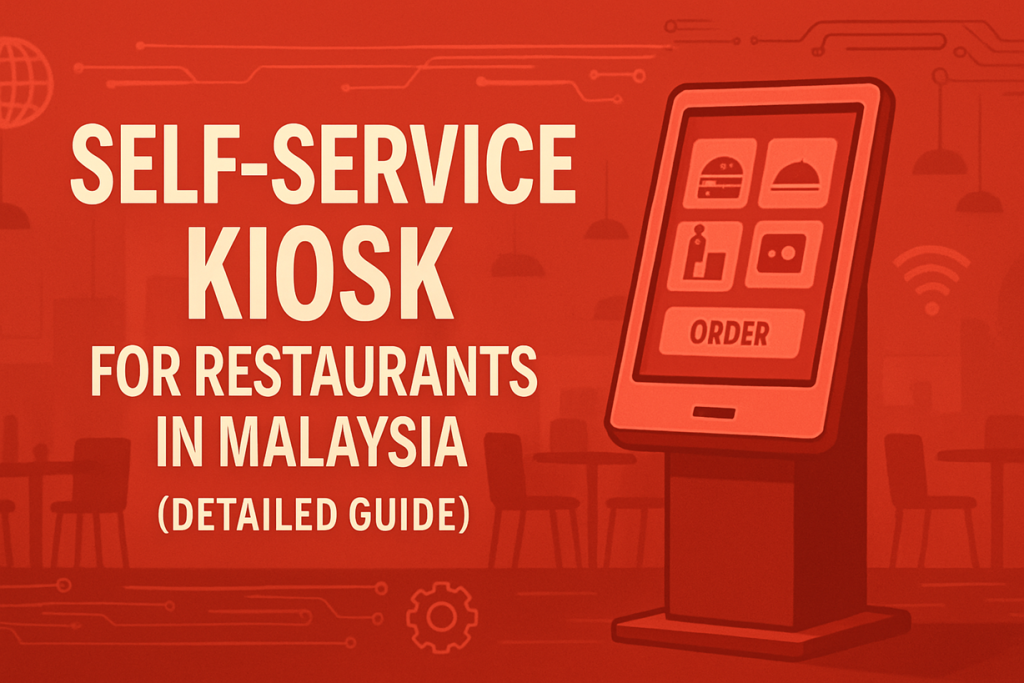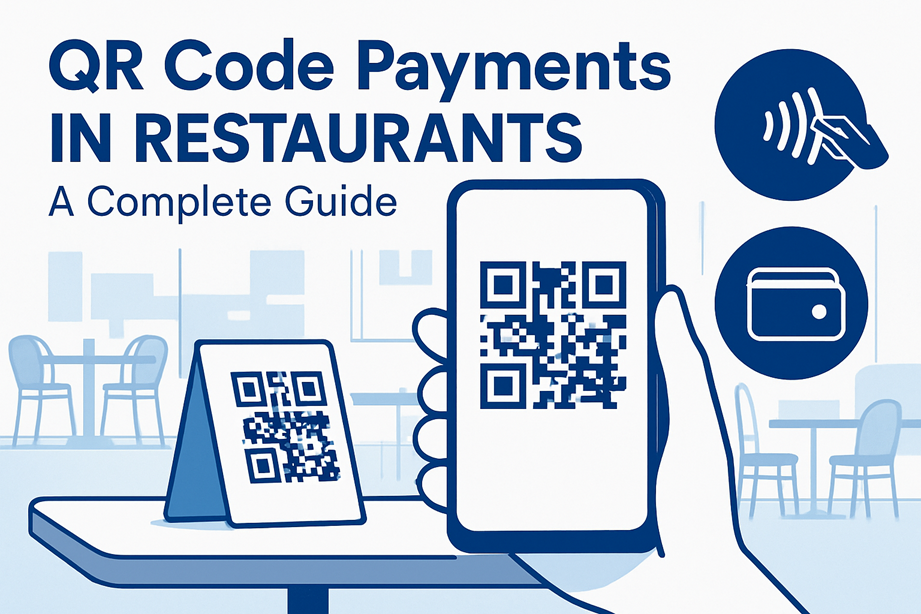Making the transition from paper ordering to QR code ordering can seem like a daunting task. However, with the right tools and resources, the process is not only manageable, but it can also be incredibly rewarding. The goal of this blog is to provide an overview of the steps involved in making the transition from paper to digital ordering. We will cover topics such as understanding the different types of QR codes, setting up a digital ordering system, and marketing the system to your customers. By the end of this article, you should have a better understanding of how to make the transition to QR code ordering and feel confident in your ability to do so.
Making the Transition
#1: Understanding the Technology
QR codes are essentially two-dimensional barcodes that can store information and be read by a scanner. This data can include product information, pricing details, order instructions, and even payment information. By using a scanner, businesses can read the data encoded in the QR code and process orders. This technology is fast, secure, and reliable, allowing businesses to quickly and accurately process orders.
In addition to the speed and accuracy of QR codes, they also offer a great deal of flexibility. Businesses can customise the information stored in a QR code to meet their individual needs. This means that businesses can use the same QR code to process orders from multiple customers, and can even create unique QR codes for each customer. With this level of customization, businesses can make the most of their digital ordering systems and ensure that orders are processed quickly and accurately.
#2: Implementing the Technology
Implementing QR code ordering technology can seem daunting, but it doesn’t have to be. The key is to take small steps and plan carefully. A good place to start is to determine what hardware and software is needed. For example, if you are transitioning from paper to digital ordering, you will need to invest in a reliable tablet or computer with a code-scanning application. This will allow customers to scan the generated code and place their order.
Once the hardware and software are in place, you can begin creating the QR codes themselves. This can be done through a variety of services, such as QR code generators or custom-made software. It’s important to remember that the codes should be unique to each customer’s order, so it’s important to create a system that allows for quick and easy code generation.
Finally, it’s important to test the QR codes to make sure that they are working properly. Testing the codes can help identify any potential issues and help ensure that customers are able to successfully place their orders. Once all the components are in place and the codes have been tested, you should be ready to begin taking orders through QR codes.
Benefits of QR Code Ordering
#1: Increased Efficiency
Making the transition from paper to digital ordering can bring about numerous benefits, one of which is increased efficiency. With QR code ordering, customers can place orders quickly and easily, without the need to wait in a long line or fill out paper forms. This can result in faster customer service, increased customer satisfaction and reduced wait times overall. Additionally, since QR code ordering is digital, restaurants can process orders faster and more accurately, eliminating any paper-related errors that may have occurred when using manual ordering. Furthermore, restaurants can easily track orders and keep records of customer orders, which can be used to analyse customer preferences and optimise their ordering process. All of these benefits result in increased efficiency, allowing restaurants to serve customers better and faster.
#2: Improved Customer Experience
Making the transition to QR code ordering can provide customers with a more streamlined and efficient ordering experience. Customers can easily scan the QR code and be taken to a secure website where they can select their desired items and pay. This eliminates the need to wait in line and provides customers with the convenience of ordering from the comfort of their own home. Furthermore, QR code ordering can also provide customers with more options to customise their orders. For example, customers can select their desired size and toppings for their pizza orders without having to wait for a staff member to process their order. This can greatly improve the customer experience, as customers can now have their orders tailored to their exact preferences.
#3: Cost Savings
By automating the ordering process, businesses can save money on labour costs associated with taking orders. Additionally, businesses can save money on paper costs by eliminating the need to print out paper menus and orders. With QR codes, customers can easily scan their order from their phone, eliminating the need for paper menus and reducing the cost of printing.
Another cost saving benefit to QR code ordering is that businesses can save money on inventory costs. By tracking orders in real time, businesses can better gauge customer demand and avoid overstocking. This can lead to significant cost savings in the long run. Additionally, QR code ordering systems can be integrated with payment platforms, making it easy for customers to pay for their orders quickly and securely. This can improve customer satisfaction and reduce costs associated with manual payment processing.
Challenges of QR Code Ordering
#1: Security Concerns
When making the transition from paper to digital ordering, one of the main concerns is security. Consumers want to know that their personal data, such as credit card information, will remain safe and secure when they are placing an order with a QR code. To ensure that customers remain confident in their purchase, businesses must take the necessary steps to protect their customers’ data.
The first step is to make sure that the QR code ordering system is encrypted. This means that all data that is sent from the customer’s device to the business’s server is encrypted, so that even if the data is intercepted by a third party, it is indecipherable. Additionally, businesses should make sure that the payment processing system is PCI compliant, which is a security standard that ensures customer data is secure. Finally, businesses should also make sure that they are complying with any applicable data privacy laws.
#2: Technical Difficulties
The transition from paper to digital ordering can be a daunting one, and technical difficulties can be a major source of stress. When switching to QR code ordering, there can be a number of technical issues that can arise. The QR code scanner may not work correctly, or the software may not be compatible with the hardware. In addition, a restaurant may have difficulty setting up their ordering system, or the connection to their payment processor may be unreliable. These technical issues can be incredibly difficult to troubleshoot and can cause major delays in processing orders.
Fortunately, there are a few ways to address these problems. Firstly, it is important to ensure that all the necessary hardware and software is up to date and compatible. Restaurants should also make sure that their payment processor is reliable and can handle the level of traffic that their business requires. Additionally, there are many online tutorials and guides available to help with troubleshooting any technical issues that may arise. Finally, it is also worth considering hiring an expert or consulting company to help with any major technical difficulties. With the right support and resources, transitioning to QR code ordering can be a smooth and stress-free process.
Conclusion
Making the transition from paper to QR code ordering is an exciting and beneficial experience for both customers and businesses. Customers enjoy the convenience and ease of using QR codes to place orders, while businesses benefit from improved customer service, increased efficiency, and cost savings. QR code ordering is not only faster and easier to use than paper, but it also helps businesses save money on paper costs and improve customer satisfaction.
Overall, QR code ordering is quickly becoming the preferred method of ordering for businesses in both the retail and restaurant industries. With the cost savings, improved customer service, and increased efficiency, businesses can benefit from making the switch to QR code ordering. As more businesses adopt this technology, customers will increasingly expect the convenience of QR code ordering and businesses that don’t make the switch may be left behind.




